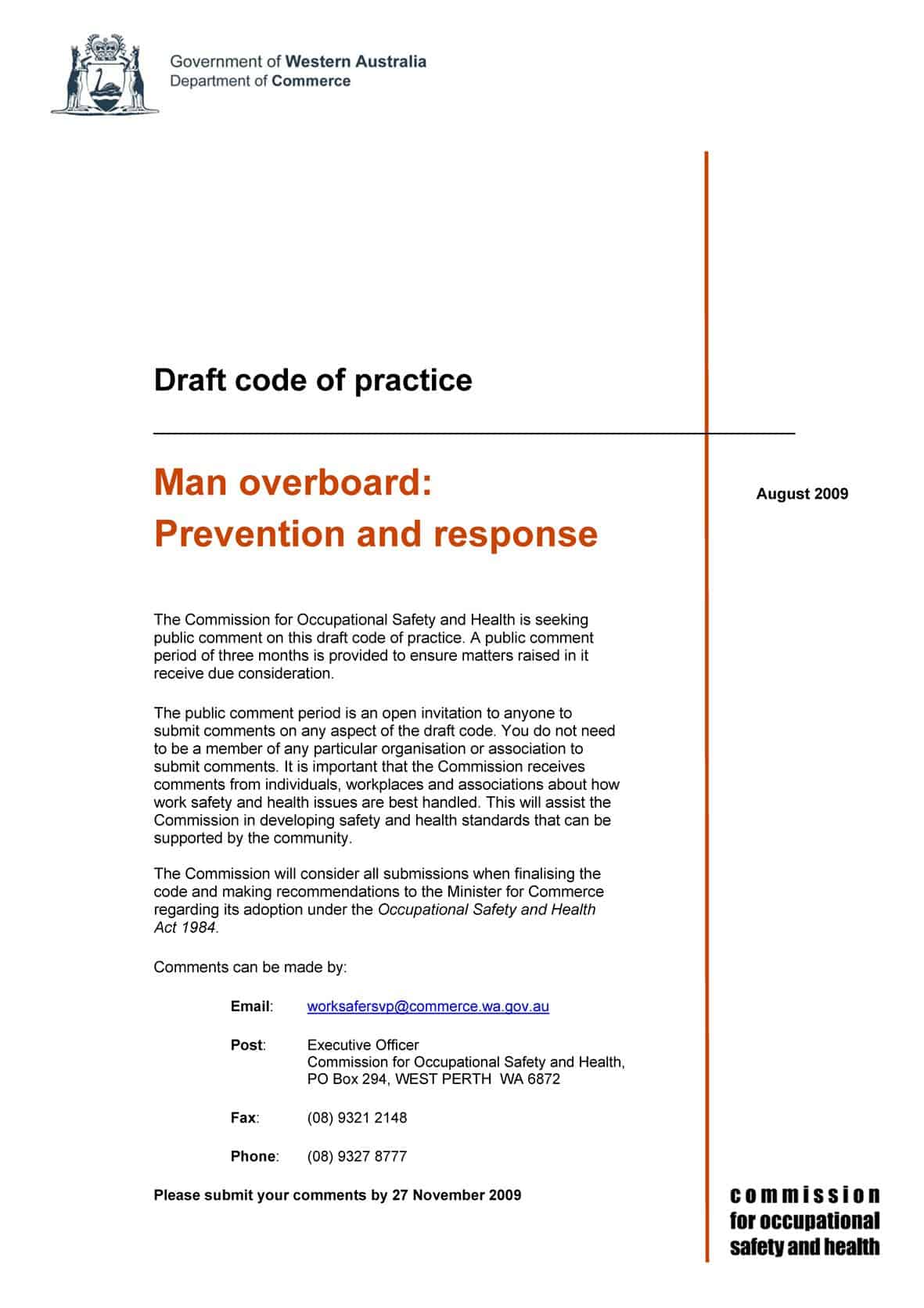The city in which SafetyAtWorkBlog is edited, Melbourne, is struggling to manage a spate of street violence – some racially-based, a lot influenced by alcohol and drugs. The Age newspaper carried a feature article on 25 August 2009 discussing the concept of “restorative justice”, a concept that is barely known outside of some legal or civil liberties areas, in relation to handling offenders and victims of street violence.
 Only last week, there was an important launch of a research report into the application of restorative justice for those affected by workplace fatalities. It is a fascinating new area of application for restorative justice in Australia and one that seems a more natural fit than for the more common acts of violence.
Only last week, there was an important launch of a research report into the application of restorative justice for those affected by workplace fatalities. It is a fascinating new area of application for restorative justice in Australia and one that seems a more natural fit than for the more common acts of violence.
The research project builds on a lot of the work already undertaken into workplace fatalities by the Creative Ministries Network. Their research, mentioned in the project report, has shown
“…that families and company directors, managers and workers grieving a traumatic death suffer more prolonged and complicated grief due to delays in legal proceedings, public disclosure of personal information, lack of information, and increased stress from involvement in the prosecution process and coronial and other litigated processes.”
Over the next few days SafetyAtWorkBlog will run a series of articles on the concept and its application as well as being able to make available copies of the research reports and transcripts of interviews with research participants.
As SafetyAtWorkBlog has no legal expertise restorative justice needed some investigation. Below are some useful definitions and descriptions:
“Restorative justice is a theory of justice that relies on reconciliation rather than punishment. The theory relies on the idea that a well-functioning society operates with a balance of rights and responsibilities. When an incident occurs which upsets that balance, methods must be found to restore the balance, so that members of the community, the victim, and offender, can come to terms with the incident and carry on with their lives.”
“Restorative justice brings victims, offenders and communities together to decide on a response to a particular crime. It’s about putting victims’ needs at the centre of the criminal justice system and finding positive solutions to crime by encouraging offenders to face up to their actions.”
“The term “restorative justice” is often used to describe many different practices that occur at various stages of the criminal justice system including:
- Diversion from court prosecution (i.e. to a separate process for determining justice);
- Actions taken in parallel with court decisions (e.g. referral to health, education and employment assessment, etc.); and
- Meetings between victims and offenders at any stage of the criminal process (e.g. arrest, pres-sentence and prison release.”
[Of course, one can also read the Wikipedia entry)
The intention of restorative justice has more often been to reduce the likelihood of a re-offence. The application of restorative justice for workplace fatalities seems to be slightly different. In America, it would be difficult to avoid using the word “closure” (a phrase SafetyAtWorkBlog refuses to use as there is never a close to grief, only a way of living with it) as one of the aims of the workplace fatality application.
There are many effects of a workplace fatality on executives and companies. It is hard to imagine a company that, after one fatality, would not do all it could to avoid another. Restorative justice has the potential to heal the surviving victims – family and company. It can also reduce the animosity that often results from the traditional adversarial justice system, particularly for those participants who may not have been exposed to such processes before.




 Work/life balance in Australia is skewed towards those workers who have young families or a role as a carer. This is due to work/life balance evolving from the feminist and social concepts of the 1970s and in response to the increased number of
Work/life balance in Australia is skewed towards those workers who have young families or a role as a carer. This is due to work/life balance evolving from the feminist and social concepts of the 1970s and in response to the increased number of 

